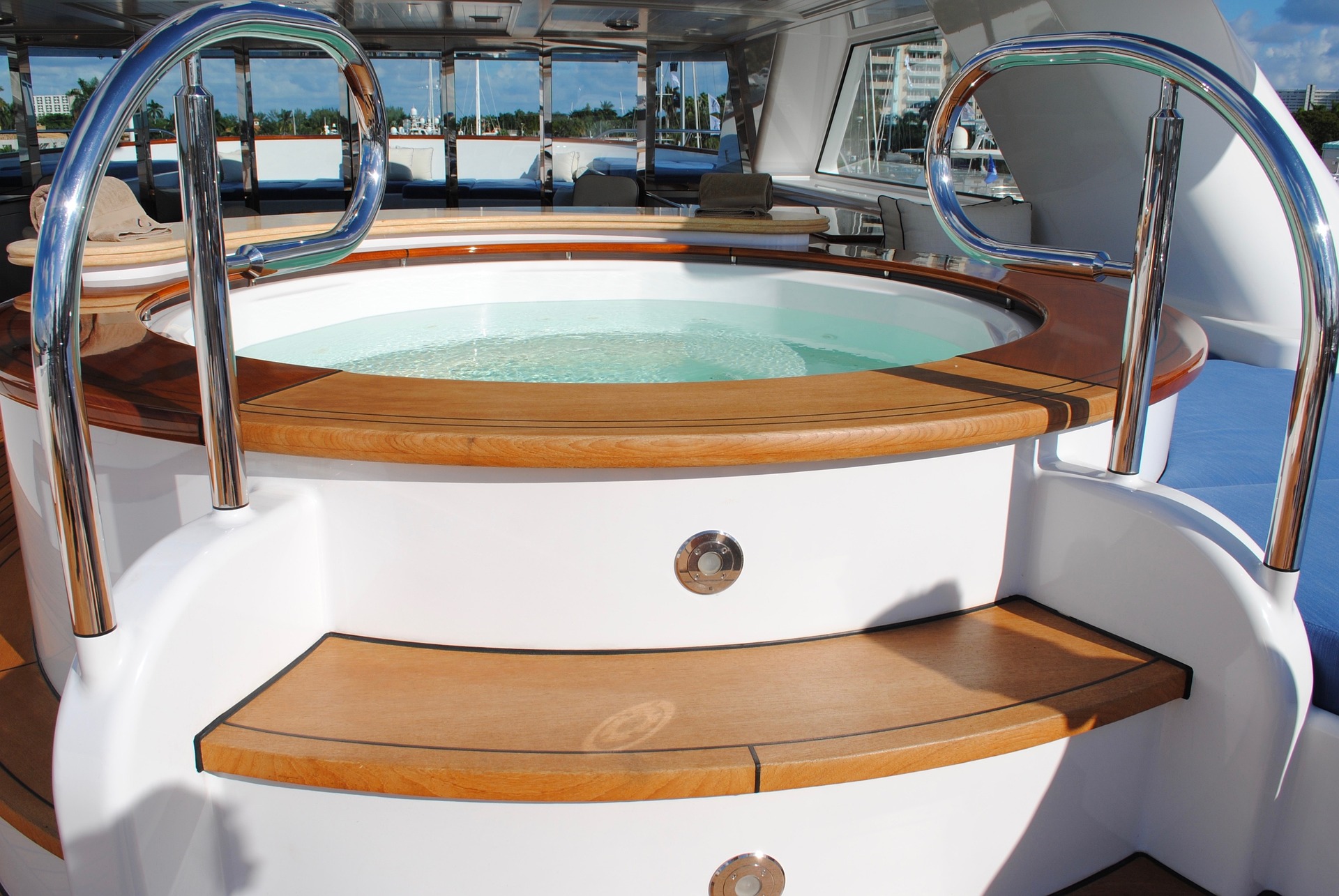Walkers for Seniors: Enhancing Mobility, Independence and Safety
Mobility challenges can significantly impact a senior's quality of life and independence. Walking aids, particularly walkers, provide essential support that helps older adults maintain their freedom while reducing the risk of falls and injuries. These mobility devices come in various designs to accommodate different needs, from standard frames to rollators with seats and storage compartments. As the aging population grows, understanding the benefits and options of walking aids becomes increasingly important for seniors and their caregivers.

Benefits of Using Walking Aids for Seniors
Walking aids offer numerous advantages that directly impact seniors’ physical and emotional well-being. First and foremost, walkers provide stability and balance support, significantly reducing the risk of falls—a leading cause of injury among older adults. By distributing weight properly, walkers alleviate pressure on joints and muscles, making movement less painful for those with arthritis, back problems, or recovering from surgery.
Beyond physical support, walking aids boost seniors’ confidence in their mobility. This confidence translates to greater independence, allowing them to continue daily activities without constant assistance. Research shows that seniors who maintain mobility experience better mental health outcomes, with reduced rates of depression and anxiety compared to those who become sedentary due to mobility fears.
Additionally, many modern walkers encourage proper posture and gait patterns, which can prevent secondary complications from developing due to compensatory walking techniques that seniors might otherwise adopt to manage pain or instability.
How Walking Aids Improve Independence for Seniors
For many seniors, maintaining independence is directly linked to their sense of dignity and self-worth. Walking aids serve as empowerment tools that allow older adults to continue participating in meaningful activities. With proper mobility support, seniors can continue grocery shopping, attending social gatherings, visiting family, and even traveling—activities that significantly contribute to quality of life.
Walking aids also reduce dependence on caregivers for routine movements. This independence benefits not only the seniors but also their family members and care providers, who experience reduced physical and emotional burden. For instance, rollator walkers with built-in seats provide users the freedom to take rest breaks whenever needed, expanding their ability to engage in longer outings.
Modern walkers also facilitate social connection by enabling seniors to leave their homes more confidently. This social engagement is crucial for cognitive health and emotional well-being, with research consistently showing that socially active seniors experience slower cognitive decline and report higher life satisfaction.
Key Features to Look for in a Senior Walking Aid
When selecting a walker, several important features deserve consideration. First, adjustability is paramount—the walker should be height-adjustable to promote proper posture and prevent hunching. Handles should be positioned so the user’s elbows maintain a 15-30 degree bend when holding them.
Weight capacity is another critical factor. Standard walkers typically support between 250-300 pounds, but bariatric models can accommodate up to 500 pounds. The walker itself should be lightweight enough for the senior to maneuver easily but sturdy enough to provide reliable support.
Brake systems are essential for wheeled walkers (rollators). Look for easy-to-use hand brakes that can be locked for stationary support. For those with limited hand strength, loop brakes may be easier to operate than traditional lever brakes.
Storage options like baskets, pouches, or trays allow seniors to carry personal items, reducing the need to hold things while walking. Additionally, foldability is important for transportation and storage, especially for seniors who travel or have limited space at home.
Finally, consider terrain compatibility. While standard walkers work well on flat surfaces, seniors who spend time outdoors might benefit from walkers with larger, more durable wheels that can handle uneven terrain.
How to Choose the Right Walking Aid
Selecting the appropriate walker requires careful assessment of the senior’s specific needs and physical condition. The process should ideally begin with a professional evaluation by a physical therapist or occupational therapist who can assess gait, strength, balance, and cognitive abilities.
Consider the senior’s primary walking environments. For those who mainly stay indoors, a standard walker or front-wheeled walker may suffice. For more active seniors who frequently venture outdoors, a four-wheeled rollator with larger wheels provides better maneuverability over various surfaces.
Weight-bearing capacity is another important consideration. Seniors recovering from surgery or with one-sided weakness might benefit from a hemi-walker, which provides concentrated support on one side. Those needing minimal support might do well with a three-wheeled walker, which offers excellent maneuverability in tight spaces.
Don’t overlook the importance of proper fit. The walker should allow the senior to stand upright with shoulders relaxed and arms bent at about 20 degrees at the elbow. Too high or too low can create strain and compromise stability.
Types of Walkers Available for Different Mobility Needs
Different mobility challenges require different walker designs. Standard walkers without wheels provide maximum stability but require lifting with each step. These are ideal for seniors who need substantial support but have good upper body strength.
Front-wheeled walkers offer a compromise between stability and ease of movement. The two front wheels eliminate the need to lift the walker completely, while the back legs provide stability when turning or stopping.
Rollators (four-wheeled walkers) are excellent for seniors who can walk but need balance assistance. Most include seating options, making them perfect for those who tire easily and need periodic rest. Some rollators even feature pressure-activated brakes that engage when the user puts weight on the handles.
For seniors with very limited mobility or those recovering from specific procedures, there are specialty walkers like bariatric walkers, hemi-walkers, and walkers with forearm supports that accommodate particular needs.
| Walker Type | Best For | Key Features | Average Price Range |
|---|---|---|---|
| Standard Walker | Maximum stability needs | Lightweight, no wheels, needs lifting | $50-$100 |
| Front-Wheeled Walker | Balance with easier movement | Two front wheels, slides forward | $60-$130 |
| Rollator (4-Wheel) | Active seniors needing balance support | Seat, basket, hand brakes | $100-$250 |
| Hemi-Walker | One-sided weakness | Concentrated support, single-handed use | $70-$150 |
| Bariatric Walker | Higher weight capacity needs | Reinforced frame, wider base | $120-$300 |
Prices, rates, or cost estimates mentioned in this article are based on the latest available information but may change over time. Independent research is advised before making financial decisions.
Selecting the right walker can dramatically improve a senior’s mobility, safety, and quality of life. By understanding the benefits, features, and options available, families can make informed decisions that support their loved ones’ independence while providing necessary stability and security. As mobility needs change over time, periodic reassessment ensures the walking aid continues to meet the senior’s evolving requirements.
This article is for informational purposes only and should not be considered medical advice. Please consult a qualified healthcare professional for personalized guidance and treatment.




